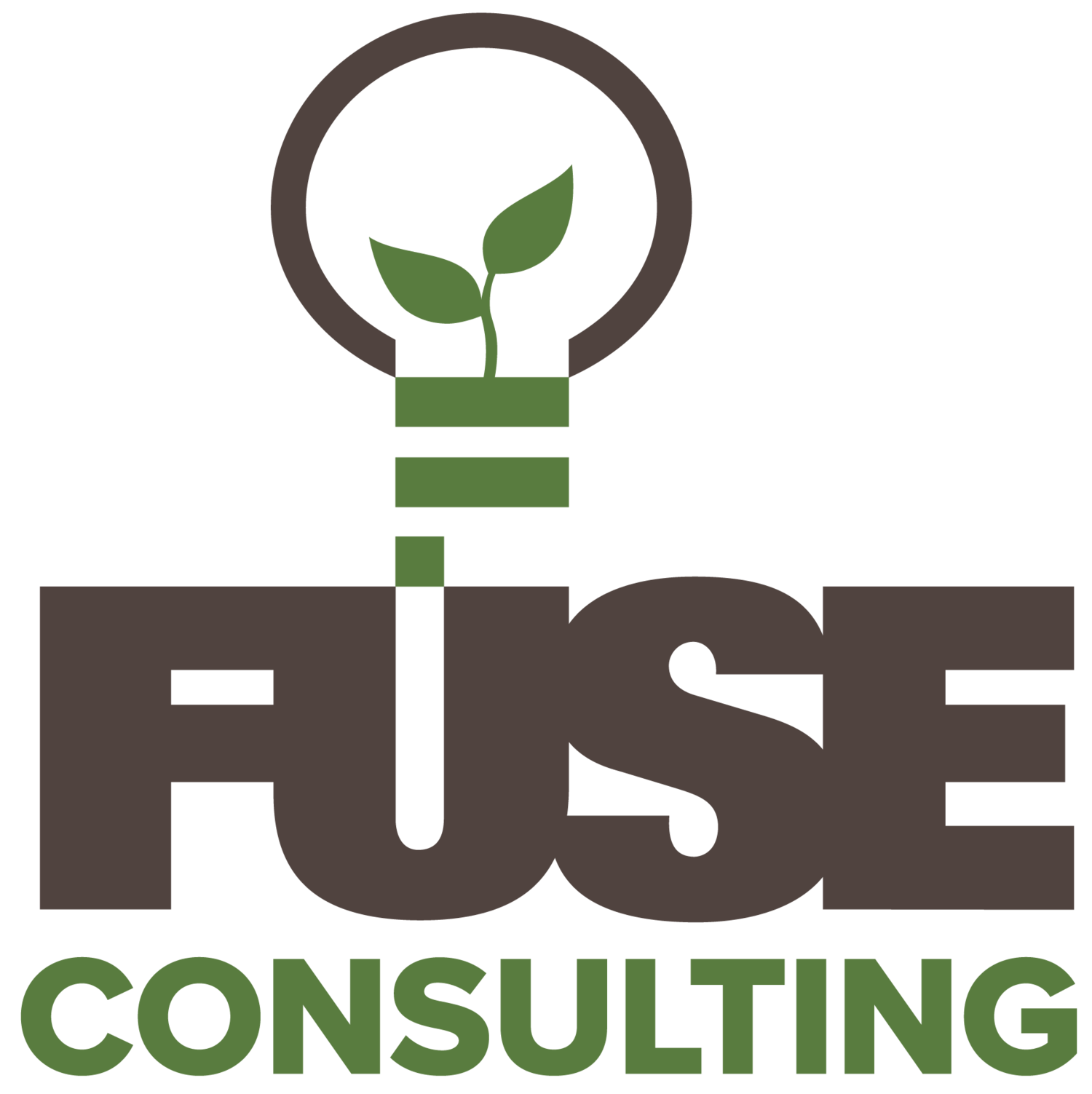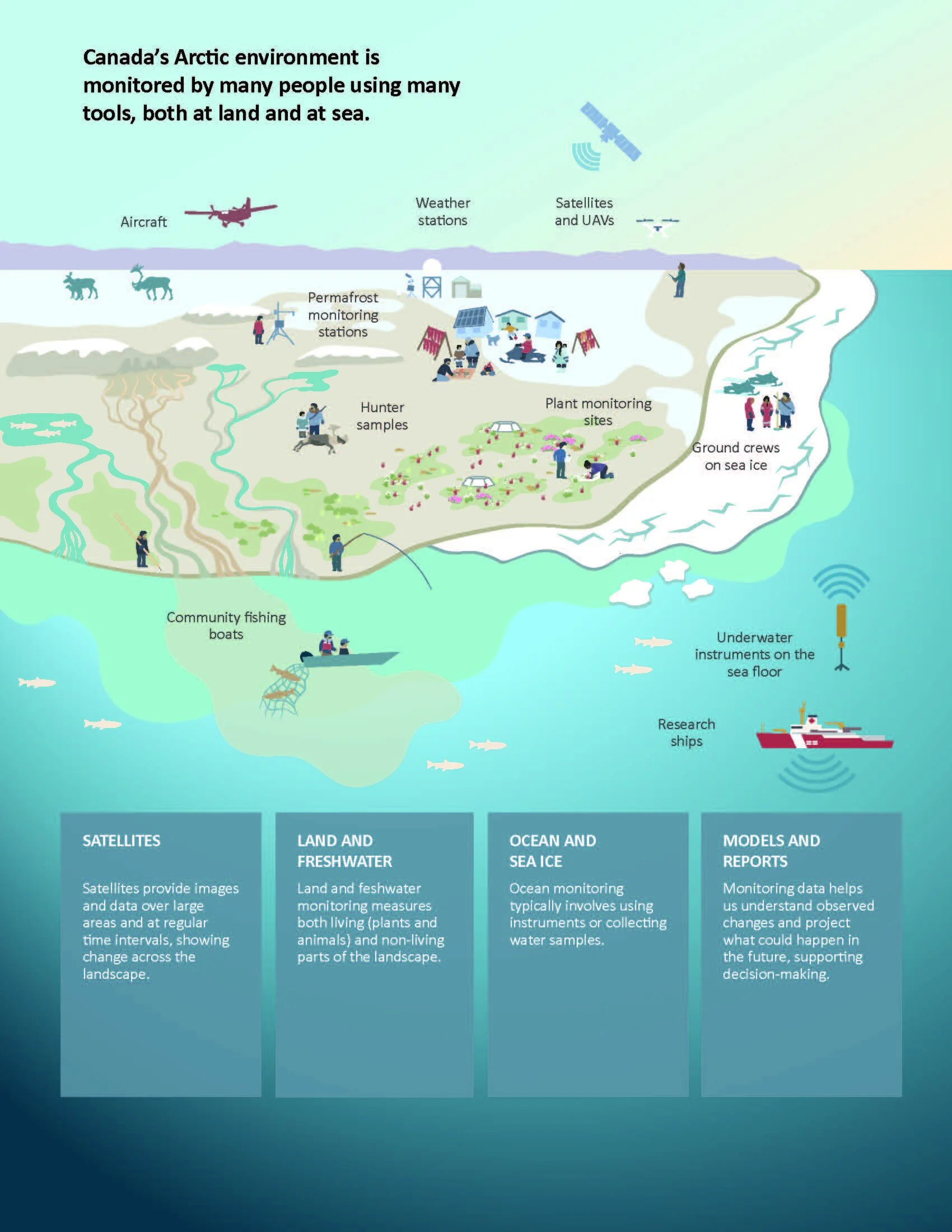Where is Fuse now, and where are we going?
When I tell people that I work in science communication, the response I typically get is, “Okay… but what do you do?”
The answer is, at its simplest, “A lot!” Over the eight years since Fuse Consulting Ltd. was founded by Matthew and Shelagh Pyper, the company’s offerings have grown substantially. Every single facet of Fuse’s work is grounded in the same mission: We bring knowledge to life and empower leaders to make decisions that matter.
We help to connect clients with a wide range of audiences, sharing information that most often relates to the environment and its management. Our central goal is to help clients articulate their information more impactfully so they can break down barriers and achieve big wins through their work.
Our products take many different shapes and we often combine several approaches within a single project. We might deliver a complex workshop to aid in partnership development, create visually enhanced briefing notes or special reports to the government, design infographics for a researcher, craft interpretive signage for environmental non-governmental organisations (ENGOs), and more.
There is so much to share with you about the work that we do and why we do it. For now, I invite you on a journey through three recent projects to explore some of the work we are honoured to have been part of over the last few years.
Driving innovation in caribou habitat restoration
It’s 2016, and Fuse Co-Founder Matthew Pyper is standing in front of a whiteboard covered in sticky notes and hasty scribbles. He is working on a project with no client and no funding. “Existing knowledge” is scrawled on one side of the board, and “What could be” on the other. Notes on seismic line restoration — what has been tried, what has not, who could do it, and who might benefit — add up as he takes the first step to develop what would be his most ambitious project to date: the linear restoration innovation roadmap.
What if we could conduct linear restoration at a fraction of the cost per kilometre while achieving equivalent or better ecological outcomes? This was the question at the core of Matthew’s innovation roadmap idea. Restoring linear features was a key component of Alberta’s caribou conservation plan, yet it was almost prohibitively expensive. He knew that leveraging his knowledge of forestry techniques to test out different methods could yield technological advancements that would make rapid linear restoration feasible. He simply required a partner — one with machinery, operators, and a shared goal — that could make those trials a reality. Matthew presented his idea to a group of industry colleagues at Canada’s Oil Sands Innovation Alliance (COSIA) and, when funding became available, his scribbles on the whiteboard suddenly became a reality.
“... we saw it as a ten-year roadmap — frankly, a lot of these ideas were pie in the sky — and within about a year and a half of us producing [a literature review], we were involved in a field trial actually testing many of these techniques in the field with Cenovus.”
Where is this project now? Matthew and his collaborators have wrapped up their second field season, having tested 13 different types of equipment for creating microsites along seismic lines. Their preliminary results are extremely promising, and we look forward to sharing them once analysis is complete!
Brokering connections to reach new heights
It’s 2016, and Fuse Co-Founder Shelagh Pyper is preparing to begin a meeting that has been months in the planning. She takes a deep breath as she steps in front of the assembled group of people joining both in-person and remotely from Ottawa. She and her team have managed to convene representatives from government, environmental non-governmental organisations (ENGOs), industry and research to discuss and scope the kind of web resource portal they and their stakeholders needed, and what a collaborative partnership to develop this tool would look like.
The fields of conservation and land management are critical in Canada, and there are many science-based resources for practitioners and decision makers alike. However, these documents are only helpful if they can be found. The more Shelagh and her team studied existing online resource portals, the more apparent it became that challenging search functions and unpredictable funding had made good resources — and the portals that housed them — effectively disappear.
Shelagh also clearly saw there were organisations that felt the same need and had an interest in moving forward to do something about it. She and her team leveraged their connections to bring together representatives from the federal government, a national ENGO, research organisations and industry to collaboratively scope the kind of product they could agree on — no small feat! Through this cross-disciplinary and cross-country work, the Canadian Conservation and Land Management (CCLM) Knowledge Network was born, led by five collaborators: Ducks Unlimited Canada, Environment and Climate Change Canada, InnoTech Alberta, the National Boreal Caribou Knowledge Consortium, Canadian Forest Service, and the NAIT Centre for Boreal Research.
“At first we were like a bridge, just trying to connect two things, two groups… Now through projects like the CCLM, we’re more like an airport with connections around the world, and being the knowledge broker that’s allowing people to find new partners and new information and the knowledge they need.”
Where is this project now? In the last quarter, the CCLM portal — created and maintained by a multi-organizational partnership — saw over 4,000 new users and nearly 7,000 sessions. Users downloaded documents ranging from hunting notifications in B.C. to a guidance document on cross-cultural collaboration. The CCLM partners continue to meet regularly to ensure they move forward on their shared goals, facilitated by project management support by Fuse.
Bringing polar research to life for Northerners
Let’s jump forward to March 2020. A cold, dry air meets Kate Broadley (now Director of Research Mobilization) as she steps out of the plane onto the hard ground at Cambridge Bay, Nunavut. She is here at the request of Polar Knowledge Canada to sit, listen, and ultimately synthesize the outcomes of a planning workshop that includes researchers and Indigenous knowledge holders. All this work is an important step toward a future knowledge-sharing forum intended to bring Indigenous knowledge holders, researchers and decision-makers together to connect and discuss the topics that concern them the most.
This initial work with Polar Knowledge Canada was the beginning of a multi-stage project that stretched Kate creatively and provided her greater insight into the interconnected issues facing Northerners. In 2021, Polar Knowledge Canada assembled teams of experts to write papers addressing key questions identified in the planning workshop. Kate was tasked with developing infographics to support the researchers in communicating more effectively. A crucial part of this project was ensuring the graphics represented northern Indigenous communities and cultures accurately and respectfully, centering their needs and interests. Kate worked closely with Polar Knowledge Canada and the expert working groups in an adaptive, highly iterative process — learnings that she has carried into many subsequent knowledge exchange projects.
Ultimately, this project was about bringing information to life in a way that kept connections to Northerners and their communities at the forefront. The infographics she produced are available on the Government of Canada’s website in four languages, and include beautiful and thoughtful representations of how Arctic ecosystems and Indigenous ways of living and knowing are intertwined.
“The end result is a set of different infographics that really stretch in terms of communicating both scientific information, but really grounding that in these landscapes and with communities, and integrating different types of values and concerns. It was a really neat process bringing those together, and now they’re available online in English, French, Inuktitut and Inuinnaqtun.”
Where do we go from here?
After being in business for nearly a decade, the Fuse team recognizes there is still so much to do. Innovation is at the core of who we are as a team, and we are continually pushing into new areas of science communication. For example, we have been exploring new ways to harness the power of visuals using animated graphics, and we continue to expand our network of interpretive signs. We are eagerly working with numerous organisations across Canada to build strong partnerships and highlight knowledge that is critical to solving some of Canada’s most pressing conservation and land management challenges. Whether it is working on lakewide conservation within the Great Lakes, supporting local conservation groups to connect with the public, or managing complex partnerships related to caribou conservation and natural resource management, we are continuing to pursue projects that bring thought leaders together and push the limits of what science communication can achieve.









